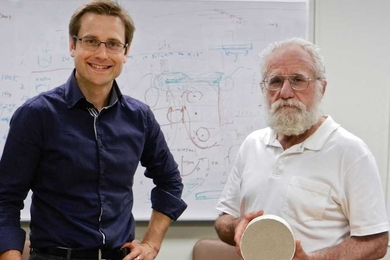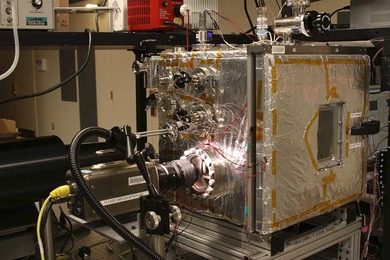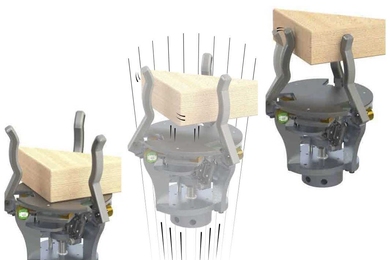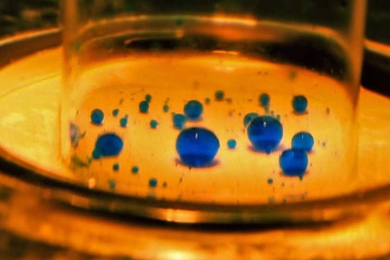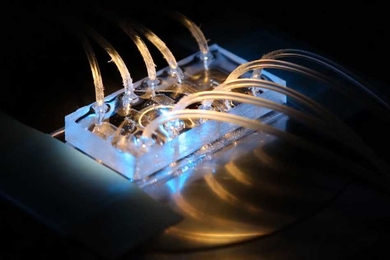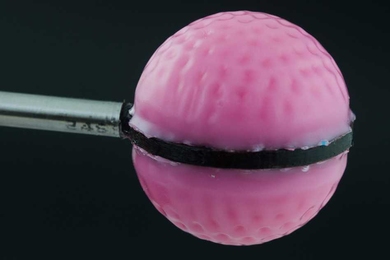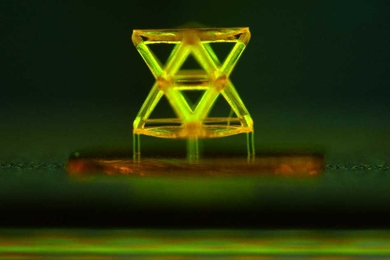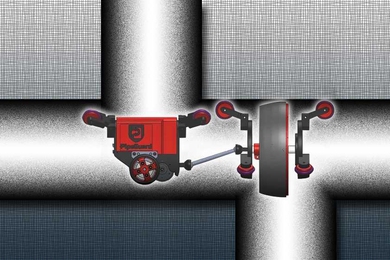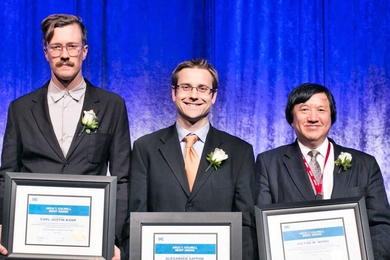Squishy robots
Phase-changing material could allow even low-cost robots to switch between hard and soft states.
Getting a charge out of water droplets
Water condensing and jumping from a superhydrophobic surface can be harnessed to produce electricity.
Harnessing the speed of light
Nicholas Fang pushes the limits of light to improve performance in communication, fabrication, and medical imaging.
Separating finely mixed oil and water
Membrane developed by MIT researchers can separate even highly mixed fine oil-spill residues.
Graduate student Sami Khan receives research award
Hydro Research Foundation award recognizes Khan's work on novel rare earth coatings that aim to enhance the longevity of hydropower water conveyance structures.
New particle-sorting method breaks speed records
Discovery could lead to new ways of detecting cancer cells or purifying contaminated water.
Morphable surfaces could cut air resistance
Adding golf ball-like dimples to surfaces could reduce drag and improve efficiency of vehicles.
New ultrastiff, ultralight material developed
Nanostructured material based on repeating microscopic units has record-breaking stiffness at low density.
A new way to detect leaks in pipes
Self-propelled robotic device can speed through pipes, pinpointing leaks more accurately than existing methods.
How cormorants emerge dry after deep dives
Study reveals how shape and chemistry let feathers shed water after emerging from great depths.
SAE honors MIT researchers for best paper
The Society of Automotive Engineers awards three mechanical engineers for their paper on engine efficiency.
Lallit Anand selected for ASME Drucker Medal
Professor of mechanical engineering receives one of the highest career achievement distinctions in mechanics
School of Engineering awards for 2014
Awards given to outstanding faculty, and graduate and undergraduate students
